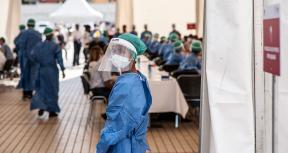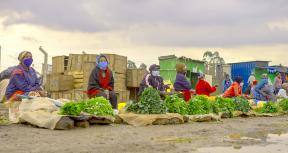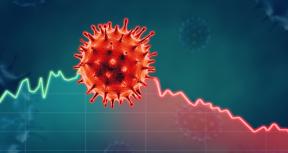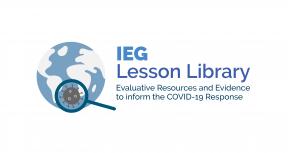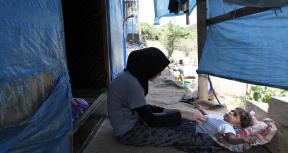The World Bank delivered a response of unprecedented scale and speed in the early months of the COVID-19 pandemic.
This evaluation assesses the quality of the World Bank’s early response to the COVID-19 crisis and its initial steps toward recovery, focusing on the health and social response. The evaluation highlights evidence of the World Bank ‘s early response to the health and social shocks of COVID-19 and its support for strengthening systems and policies for better crisis preparedness and protection of human capital. Focusing on 106 countries, the evaluation concentrates on the relief stage and the World Bank’s support to restructure systems in the first 15 months of the pandemic (February 1, 2020, to April 30, 2021). A parallel IEG evaluation looks at the World Bank Group’s support to address the economic implications of the pandemic.
To assess the quality of the response the evaluation synthesizes evidence in three dimensions. First, it looks at the extensive scale of the World Bank’s support and its relevance to the needs of the countries where it intervened. Then, the evaluation examines implementation successes and challenges of the World Bank’s early support, which can point to early results, and how the World Bank has adapted and learned during implementation. Finally, the evaluation covers how well operational policies and partnerships facilitated a smooth and speedy response.
The evaluation also points to key areas of learning which can inform future preparedness and puts forward four recommendations. As the response is ongoing, the evaluation does not assess effectiveness but considers early results and pathways that are expected to lead to outcomes.



